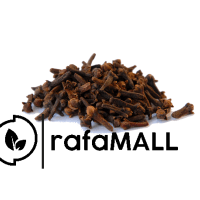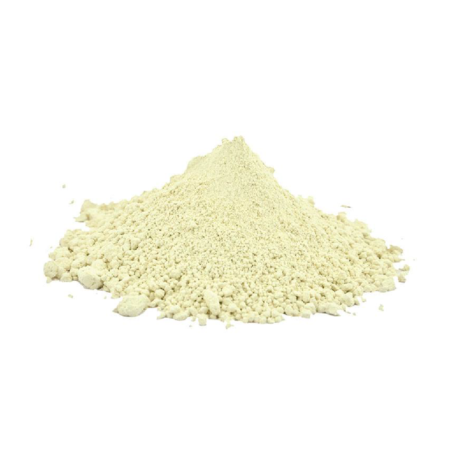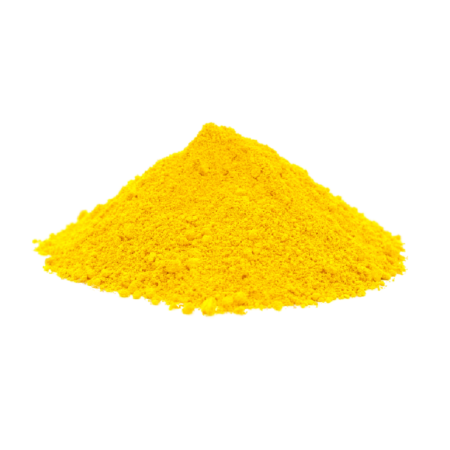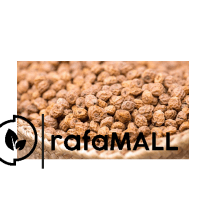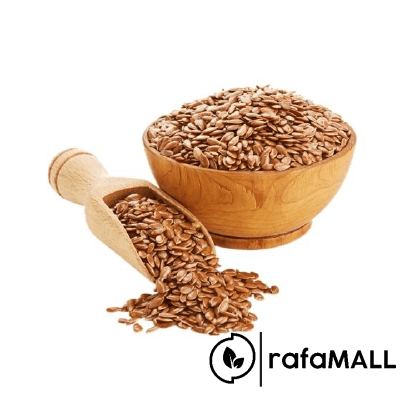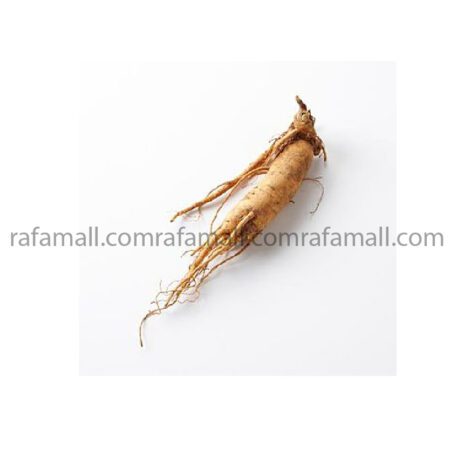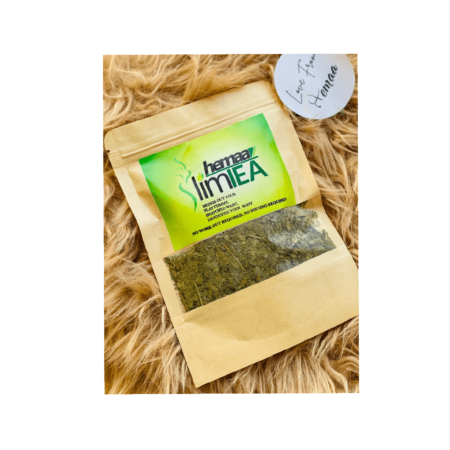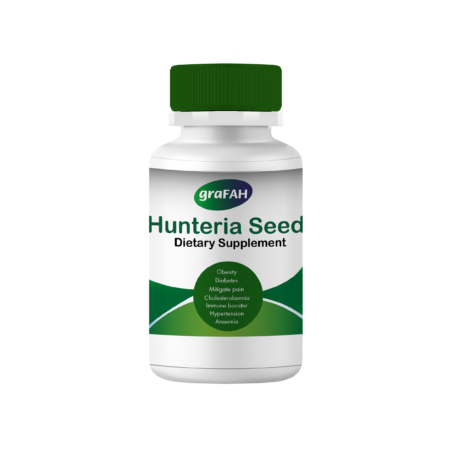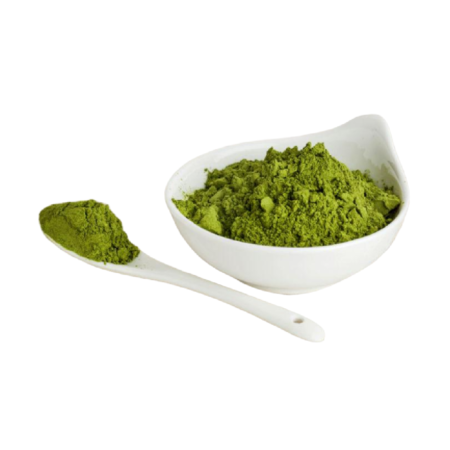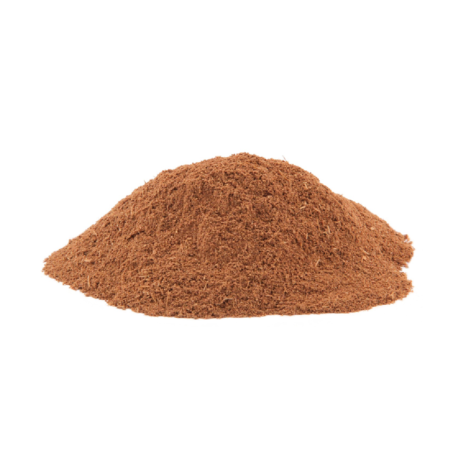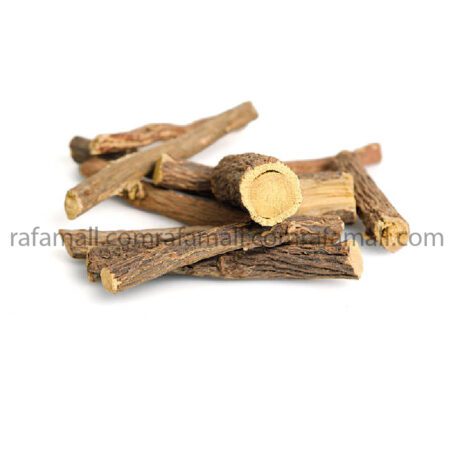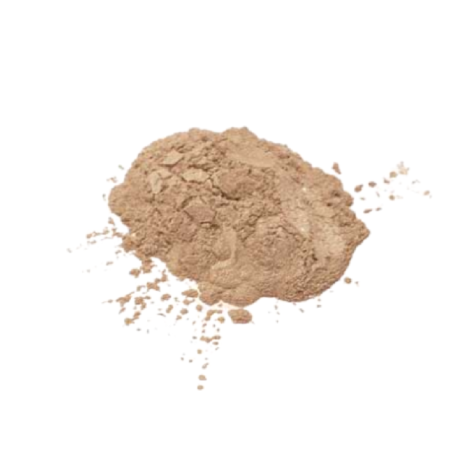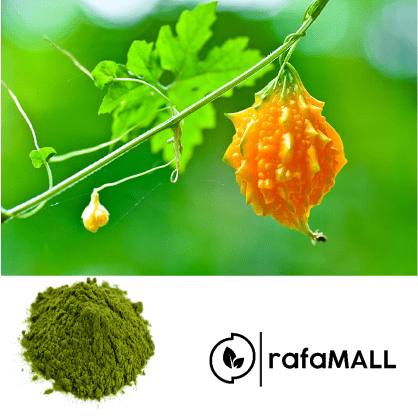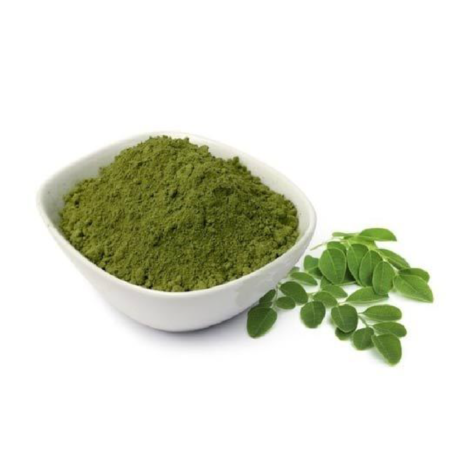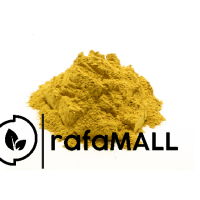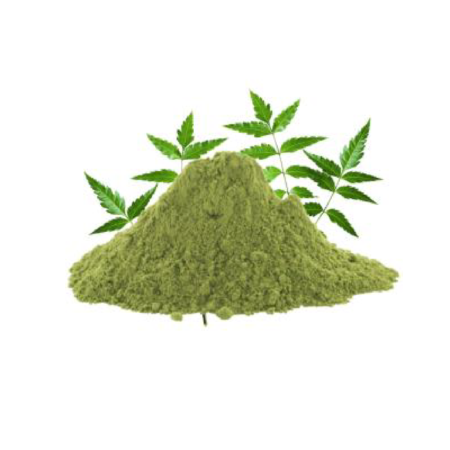-
Cloves-150g
₵30.00₵28.00 Sold By: GMF StoreThe clove tree is monoecious, flowers are hermaphrodite and self-pollinating. The tree matures between 8-10 years after planting. Clove trees live for more than 100 years, the oldest tree recorded is aged 375 years in Indonesia. Generally, it takes 20-30 years for clove to attain full bearing. The best quality cloves for use as a spice are grown in the wetter climates where annual rainfall is in excess of 1,500mm and usually in the range 3,000 – 4,000mm
Cloves, and the essential oil contained in them, are often used medicinally. A spicy, warming, stimulant herb, it is strongly antiseptic, relieves pain, controls nausea and vomiting, improves digestion, protects against intestinal parasites, and causes uterine contractions. Cloves are taken internally as a tea in the treatment of internal parasites, stomach upsets, chills, and impotence. The flower buds are chewed to freshen the breath or ease the pain of toothache.
The essential oil is applied externally in the treatment of toothache, headache, cold, arthritis, and rheumatism. It is also useful for treating ulcers, bruises, burns, bronchitis, asthma, minor infections, and colic. It is sometimes used to ease nausea. Two little-known compounds in clove oil have shown ‘strong activity’ against bacteria associated with plaque formation and gum disease. Clove oil is very potent and can cause gum irritation, it is advisable to dilute it with equal amounts of vegetable oil. For infants and even milder dilution is required. Use should be avoided during pregnancy, or if with sensitive skin
-
Croton membranaceus – 250g
₵100.00₵80.00 Sold By: GMF StoreC membranaceus is a monoecious herb up to 2m in height with slender and densely stellate hairy branches. The root bark contains scopoletin and julocrotine, a glutarimide alkaloid. It also contains calcium oxalate crystals. A root extract is taken to treat urinary retention caused by an enlarged prostate. ]. The root and leaf extracts of C. membranaceus are also used as remedies for dia-betes and measles. The essential oils from the stem bark of C. membranaceus are taken as a remedy for a cough, diarrhea, fever, flatulence, and nausea. The antioxidant action of C. membranaceus extract is significant compared with the antioxidant action of gallic acid, the positive control which is a pure compound. . Blood glucose levels were reduced in mice given metformin and extract after 3 hours . These findings demonstrate the poten-tial of C. membranaceus extracts in the management of type 1 diabetes mellitus and diseases in which oxidants or free radicals are implicated. The extract demonstrated significant dose-dependent inhibition properties in the proliferation of BPH-1 cancer cells and changes in the morphology and reduced density of BPH-1 cancer cells
-
Cryptolepis sanguinolenta (nibima)- 1kg
₵90.00₵85.05 Sold By: GMF StoreCryptolepis consists of the dried roots of Cryptolepis sanguinolenta. Thin-stemmed twining or scrambling shrub; leaves elliptic, oblong-elliptic, apex acute to shortly acuminate, base symmetrical, petiolate, up to 7 cm long and 3 cm wide. The roots have a bitter flavour and are tonic. They are chewed, while the root bark or root extracts are taken as a tea, to treat a wide range of conditions including fever, hepatitis, malaria, hypertension, urinary and upper respiratory tract infections, colic, stomach complaints, amoebic dysentery and diarrhoea, wounds. The leaves and roots are rich in bioactive indole alkaloids such as cryptolepine, the major constituent of the root bark and the first alkaloid isolated from the plant. Cryptolepine has potent antiplasmodial activity, and also has anticancer, antifungal, antibacterial, hypotensive, antipyretic, anti-inflammatory and anti-hyperglycaemic activities
-
Cyperus esculentus (akan name: Atadwe) – 100g
₵15.50₵14.00 Sold By: GMF StoreCyperus esculentus is a perennial grass-like plant producing solitary culms 10 – 90cm tall from numerous, spreading, underground stolons. The apex of the stolons swells to form ellipsoid to globose tubers 10 – 18mm long. Tiger nuts are regarded as a digestive tonic, having a heating and drying effect on the digestive system and alleviating flatulence. They also promote urine production and menstruation. The tubers are said to be aphrodisiac, carminative, diuretic, emmenagogue, stimulant and tonic
-
-
-
-
Hunteria seeds-200g
₵40.00₵38.99 Sold By: GMF StoreIn Sierra Leone the bark of Hunteria umbellata is made into a bitter tonic and used as a stomachic and as a lotion to treat fever. A fresh root-bark extract is applied in Côte d’Ivoire to sores caused by leprosy. The fruit is rich in latex that is an ingredient of arrow poison in Côte d’Ivoire. In Ghana and Nigeria the root and stem bark are used as an anthelmintic, especially against Guinea worm, filaria worms and schistosomiases (causing bilharzia). Aqueous and alcoholic extracts of the seeds are used as a cure for piles, yaws, diabetes and stomach ulcers in Nigeria. The bark and the root are used as a bitter tonic in Nigeria, and powdered root and root decoctions are used to prevent miscarriage and to treat menorrhagia. In Cameroon a bark or fruit decoction is taken to treat stomach-ache, liver problems and hernia. The plant is also used in the treatment of geriatric problems. Hunteria umbellata extracts are used in Germany for phytotherapeutic purposes, to reduce the heart rate, as an aphrodisiac, to decrease blood pressure and reduce blood lipid content.
The creamy to yellowish-brown, hardwood is locally used for carving, making combs, spoons, tool handles, police batons, carpenter planes, weaving shuttles and other small articles. In Nigeria forked stems are used as house posts and are considered very durable and immune to termites. In Côte d’Ivoire the wood is used as firewood. -
Justicia secunda leaf – 150g
₵25.50₵23.00 Sold By: GMF StoreJ. secunda consist of the fresh or dried leaves of Justicia secunda. It is an evergreen, perennial plant with stems that sometimes become more or less woody. It can grow from 90 – 200cm tall It is an erect grass of simple leaves, whose flowers are contained in terminal panicles.
The folkloric uses of the plant include wound healing, anemia and abdominal pain. The anti-sickling, haematinic, antimicrobial and anti-hypertensive activities of J. secunda have been reported.
The leaves are used in the treatment of anemia, cough, cold, fever, malaria, measles, and whooping cough.The stem and leaves are used in a clarifying infusion for the treatment of amenorrhoea
-
Khaya senegalensis (Mahogany) – 100g
₵18.00₵17.50 Sold By: GMF StoreIt is a tree of up to 40 m high with a girth of about 4 m, branching into 2-3 main limbs at about 8 m, giving a wide spread crown
-
Licorice root – 100g
₵55.00₵52.50 Sold By: GMF StoreIt has also been used in traditional Chinese, Middle Eastern, and Greek medicines to soothe an upset stomach, reduce inflammation
-
Lippia multiflora leaf powder- 150g
₵25.50₵22.00 Sold By: GMF StoreLippia multiflora consists of dried leaves of lippia multiflora. A stout woody, aromatic perennial shrub; its traditionally used as a spice and the management of hypertension.
The plant (part not specified, but probably the leaves and immature flowering stems is antibiotic, laxative and vermifuge. It is used in the treatment of stomach aches, nausea and fevers
-
Momordica charantia leaf – 150g
₵30.00₵25.00 Sold By: GMF StoreMomordica charantia consists of the fresh or dried leaf or fruit of Momordica charantia. It is a very vigorous, annual climbing plant producing stems 5 metres or more long that scramble over the ground or climb up into the surrounding vegetation, supporting itself by means of tendrils. The fruit has a higher nutritional value than many members of this family, mainly due to its iron and vitamin C content. Bitter gourd tea, made from dried fruit pieces, is a popular health drink in Japan and some other Asian countries.
The leaves are antiseptic, blood purifier, febrifuge and vermifuge. An infusion is used in the treatment of intestinal worms, jaundice, malaria and other fever A decoction of the leaves and stems is used to treat diabetes, high blood pressure and biliousness
-
Moringa oleifera leaf – 50g
₵25.50₵20.00 Sold By: GMF StoreM. oleifera consists of the fresh or dried leaves of Moringa oleifera. Small to medium sized perennial tropical tree, up to 12 m high at maturity, with drooping branches; stem brittle with a corky bark. A true multipurpose tree with a wide range of edible, medicinal and other uses. Young leaves and shoots – raw or cooked added to salads, cooked as a potherb and added to soups and curries.They have a mustard-like flavour. The leaves contain 7 – 10% protein(This almost certainly refers to the dried leaf. The leaves are very nutritious, being rich in vitamins, minerals and the sulphur-containing amino acids methionine and cystine, which are often in short supply.
The young leaves are taken internally to increase the milk flow in nursing mothers. The tree is a nutritious, diuretic, laxative herb that is expectorant, increases milk flow, controls bacterial infections and is rubefacient when applied topically. It contains a potent antibiotic
-
Nauclea latifolia (Kisia) roots – 150g
₵25.00₵20.00 Sold By: GMF StoreNauclea consists of the dried transversely sliced and chopped roots of Nauclea latifolia. A straggling shrub or small tree, 2-3 m high; leaves elliptic or rounded-ovate, acuminate tip, cuneate, rounded or subcordate base, 10-20 cm long, 6-12 cm broad; pedicel 1-2cm long. Used in the treatment of diabetes. The root is febrifuge and tonic. The bark and roots of the plant contain more than 1% of an opioid that is clinically identical to the analgesic drug ‘tramadol’. It can be extracted in a cost-effective way to provide an economical source of this widely used analgesic. Extracts of the plant have exhibited activity against Escherichia coli, Shigella flexneri, Salmonella typhi and Staphylococcus aureus (which are responsible for gastroenteritis in children)
-
Neem leaf-500g
₵45.00₵35.00 Sold By: GMF StoreNeem extracts have shown potential hypoglycaemic properties. Oral administration of the leaf
extracts reduced blood sugar levels in normal and streptozocin-induced of diabetic models, with the
hypoglycaemic effect comparable to glibenclamide (Khosla et al., 2000). The leaf extract blocked
the effects of adrenaline on glucose metabolism and reduced peripheral glucose utilization in
diabetic and normal rats (Chattopadhyay, 1996).The anti-inflammatory properties of the plant have also been demonstrated in various studies. The water-soluble part of the alcoholic leaf extract showed anti-inflammatory activity in the cotton pellet granuloma assay in vivo (Chattopadhway, 1998). Neem extracts have shown a dose-dependent anti-gastric ulcer activity in stressed rats. The extracts also caused a decrease in ethanol-induced gastric mucosal damage, an increase in the amount of adherent gastric mucus in stressed animals, and showed significant anti-histaminic potential (Garg et al., 1993). Bandyopadhyay et al (2002) have investigated the gastroprotective properties of the stem bark extract of A. indica. The gastroprotective effect was attributed to the ability to inhibit acid secretion via blockage of H+/K+-ATPase activity as well as the inhibition of oxidative damage of the gastric mucosa by blocking lipid peroxidation and scavenging endogenous hydroxyl radicals.
Leaf extracts of A. indica exhibited significant immune-stimulating effects in vivo (Ray et al, 1996). A. indica potentiated the antibody titres following typhoid H. antigen immunization and induced delayed hypersensitivity following administration of tuberculin and DNCB to animals. In human trials, extracts stimulated humoral immunity by increasing antibody levels and cell-mediated immunity by increasing total lymphocyte and T-cell count in 21 days (Ansari et al., 1997). Aqueous leaf extract was found to lower raised levels of serum liver enzymes and paracetamol-induced liver necrosis (Bhanwra et al., 2000).
- Animal Health
- Anti diabetics
- Anti Lipidemics
- Anti malaria
- Anti Typhoid
- Blood boosters
- Cardiovascular health
- Detoxifiers
- Digestive Health
- Fitness And Sport Nutrition
- Fixed and Essential Oils
- Fruits and Vegetables
- Health Foods And Drinks
- Health Stationery
- Herbal remedies
- Homeopathy
- Immune booster
- Liver Health
- Medical Laboratory Equipment
- Men Health
- Natural Beauty And Personal Care
- Nervous Disorders
- Oral Health
- Other Products
- Pain and inflammation
- Plant Seedlings
- Pure Herbs
- Regenerative Medicine
- Respiratory Tract Health
- Skin Infections
- Sleep And Mood
- Supplement
- Traditional Chinese Medicine
- Ulcers
- Veneral Diseases
- Vitamins and Supplements
- Weight Loss Management
- Women Health

